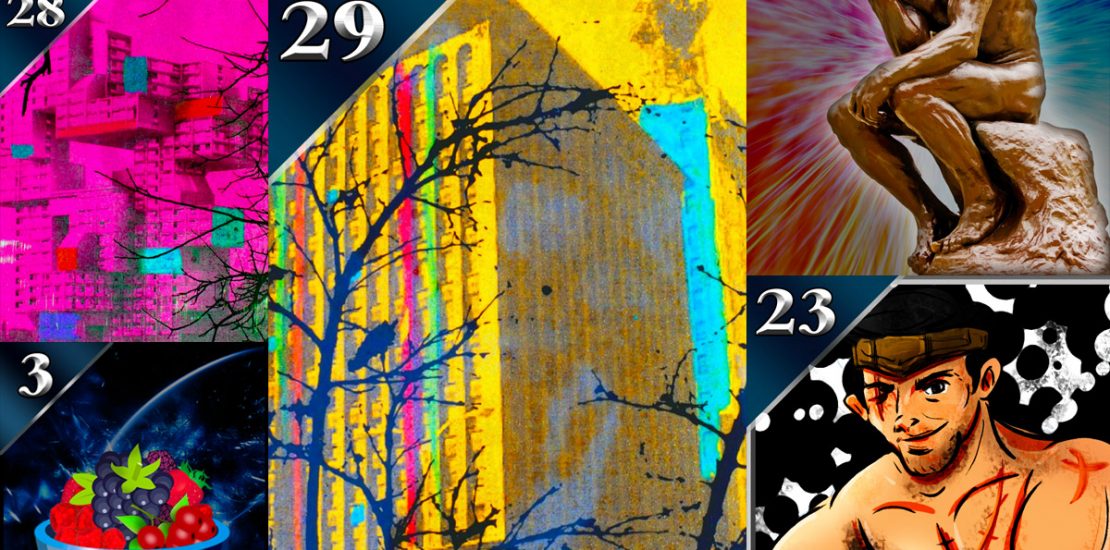- March 30, 2021
- Posted by: admin
- Category: BitCoin, Blockchain, Cryptocurrency, Investments

NFTs, a cartoon raccoon, and cryptocurrency aren’t terms you’d usually hear in a single sentence. But that’s the way the story is for Curio Cards, the world’s oldest crypto art project.
Curio Cards what?
Curio Cards were the first art-focused Non-Fungible Token (NFT) on mainnet Ethereum. They were fashioned as an online art show for digital artists and collectors and created a new form of digital artwork ownership at the time—one that relied on the peer-to-peer exchange of value instead of an opaque middleman facilitating trades between two individuals.
Some new friends went foraging for the oldest art #NFT on #ethereum and found https://t.co/mTzKH0IMhL. Blown away by the cool new tools and sites I got my paws on this last week. You can learn more in the foragers new community chat https://t.co/YpiB5cwmdt
— Curio Cards (@MyCurioCards) March 23, 2021
They launched back on May 9, 2017, as a collectible art project on Ethereum. ETH, the latter’s native token, traded just under $90 back then. Few could predict the asset’s rise to its current $1,800, and even fewer could say the non-fungible token market would flourish the way it has today.
For the uninitiated, NFTs are cryptographic forms of tangible or intangible assets whose ownership is stamped forever on the blockchain. This means anything (and everything) can be represented via an NFT, with the latter serving as a form of a digital certificate for things stored on the blockchain.
The sector has grown in the past few months to a staggering $21 billion (it was under $200 million just two years ago), and has rebirthed several old NFT projects, such as CryptoPunks, CryptoKitties, and others. And now, Curio Cards are back in the fray.
Selling as an NFT
Earlier this week, Curio Cards were listed for sale on NFT marketplace OpenSea. “Older than CryptoPunks?? Older than MoonCats?? Yes. Welcome to OpenSea,” the firm said in a tweet.
Older than CryptoPunks?? Older than MoonCats?? Yes. Welcome to OpenSea, @MyCurioCards!
https://t.co/2CXyDpxCga
— OpenSea (@opensea) March 29, 2021
Like many NFT projects, Curio Cards were all sold out after launch. However, being an NFT, they can still be traded on the open market like a generic crypto token.
This allows individuals and crypto geeks to forever own a part of digital history—buying a scare, rare crypto art token that features 30 unique proto-NFTs from seven different artists. Each series of artwork is unique but contains multiple cards in that series.
The birthplace of modern NFTs?
Interestingly, Curio Cards were referenced in the ERC-721 EIP even before the current NFT standard was agreed upon and launched. This is because the project was developed and released before the ERC-721 NFT standard was conceptualized.
As per its blog, Curio Cards heralded many features and concepts that were included in ERC-721 and other NFT standards, with some of those being:
- Non-fungible tokens (between the different card series, aka ‘card number’)
- Non-divisible tokens with a limited supply (within each card series)
- Purchasing initial cards directly from a smart contract
- IPFS hash of the artwork embedded into the smart contract (without referencing any URLs)
- Ownership of a token representing ownership of publicly viewable digital artwork
Meanwhile, the one drawback is that while the original artworks still work and are transferable, they do not conform to current NFT standards—meaning the crop of Curio Cards going on sale are ‘heavily modified’ wrapped ERC-20 tokens of the original version.
The wrapper is released! https://t.co/TKlHgiJQQr Thanks to everyone who helped, lots of cool features
pic.twitter.com/i95DDI8ht8
— Curio Cards (@MyCurioCards) March 28, 2021
Still invaluable if you were to ask me.
The post The oldest ‘crypto art’ NFTs on Ethereum are going on sale appeared first on CryptoSlate.

